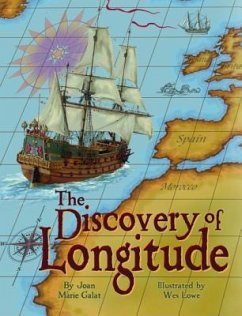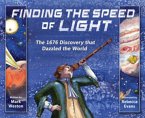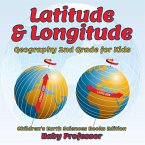Discover the fascinating story behind one of the most important changes to nautical navigation. Long ago, sailors risked their lives, cargo, and ships when traveling the seas. They followed the shoreline, navigating by recognizable landmarks and the stars, but often became lost or wrecked upon the rocky coast. Those who traveled the waters wanted more; they wanted to be able to consistently, and safely, navigate across oceans. To do so, they needed to know three things: latitude, longitude, and direction. A good ship's captain could use a sextant, compass, and certain stars to find direction and latitude, but he needed to know the time, both on the ship and at a reference point, to find longitude. Unfortunately, an accurate source of time measurement at sea did not exist. In 1714, the British government decided to offer a large reward to anyone who could solve the problem. Learned men and great thinkers tried unsuccessfully to work out a solution. They declared it unsolvable! Carpenter and clockmaker John Harrison was intrigued; he thought he might have a solution. For years he strived to design and construct a clock that worked at sea. Harrison's solution enabled sailors to cross the oceans of the world safely, but it took a king to make sure he received the prize he had earned. A detailed map of the world in the 1700s and a timeline of Harrison's work on the longitude problem are included in this triumphant tale of ingenuity and innovation. First published at the age of thirteen, Joan Marie Galat is a frequent presenter, both in person and via Skype. She offers workshops and residencies to start school newspapers and radio stations, encourages students to realize their writing dreams, and points out the importance of being a good writer in all careers. As a best-selling, award-winning author, Galat creates books that give young readers entrï¿1/2e into the realms of celestial science and myth. She provides freelance writing and training from her home near Spruce Grove, Alberta, Canada. Wes Lowe started drawing at an early age, preferring sketching to doing homework. Lowe began his career in commercial art as a package designer but soon turned to book illustration as a specialty. He has illustrated numerous award-winning books and is known for his aviation and marine paintings. Lowe is a member of the American Society of Aviation Artists and the Canadian Aviation Artists Association and calls Roberts Creek, British Columbia, Canada home.
Hinweis: Dieser Artikel kann nur an eine deutsche Lieferadresse ausgeliefert werden.
Hinweis: Dieser Artikel kann nur an eine deutsche Lieferadresse ausgeliefert werden.








